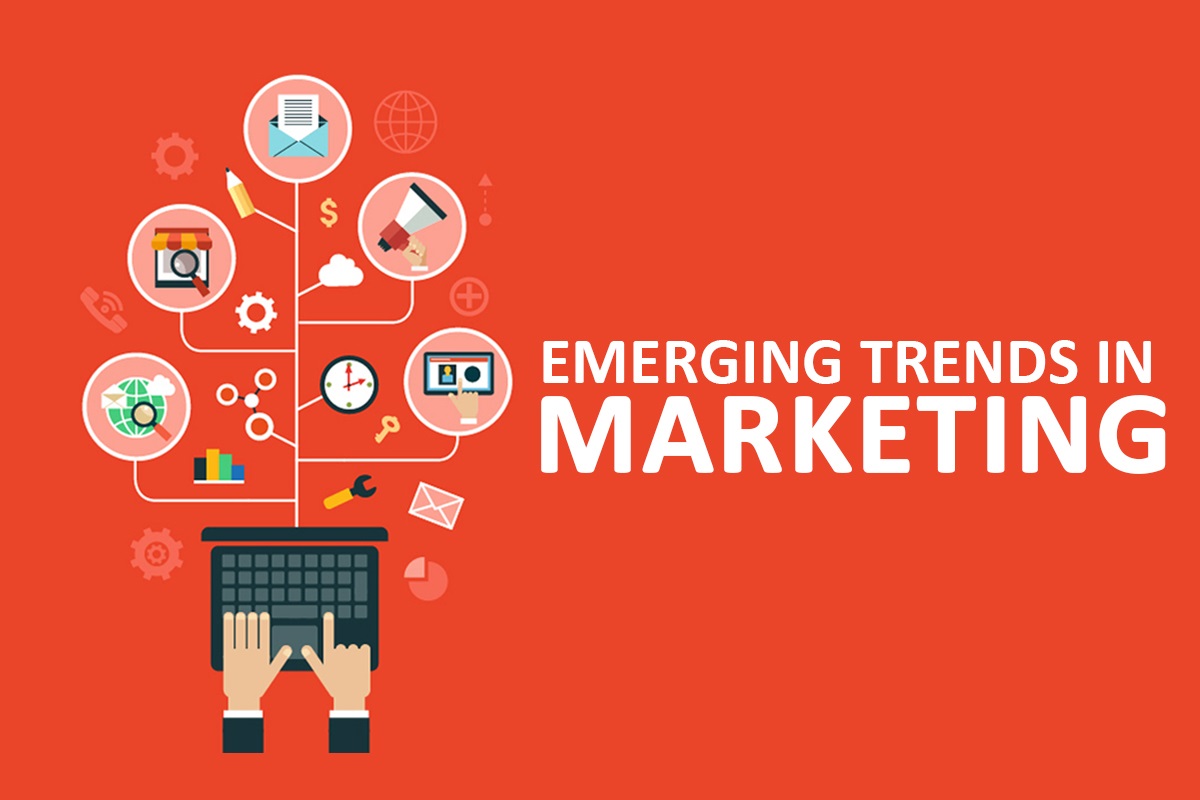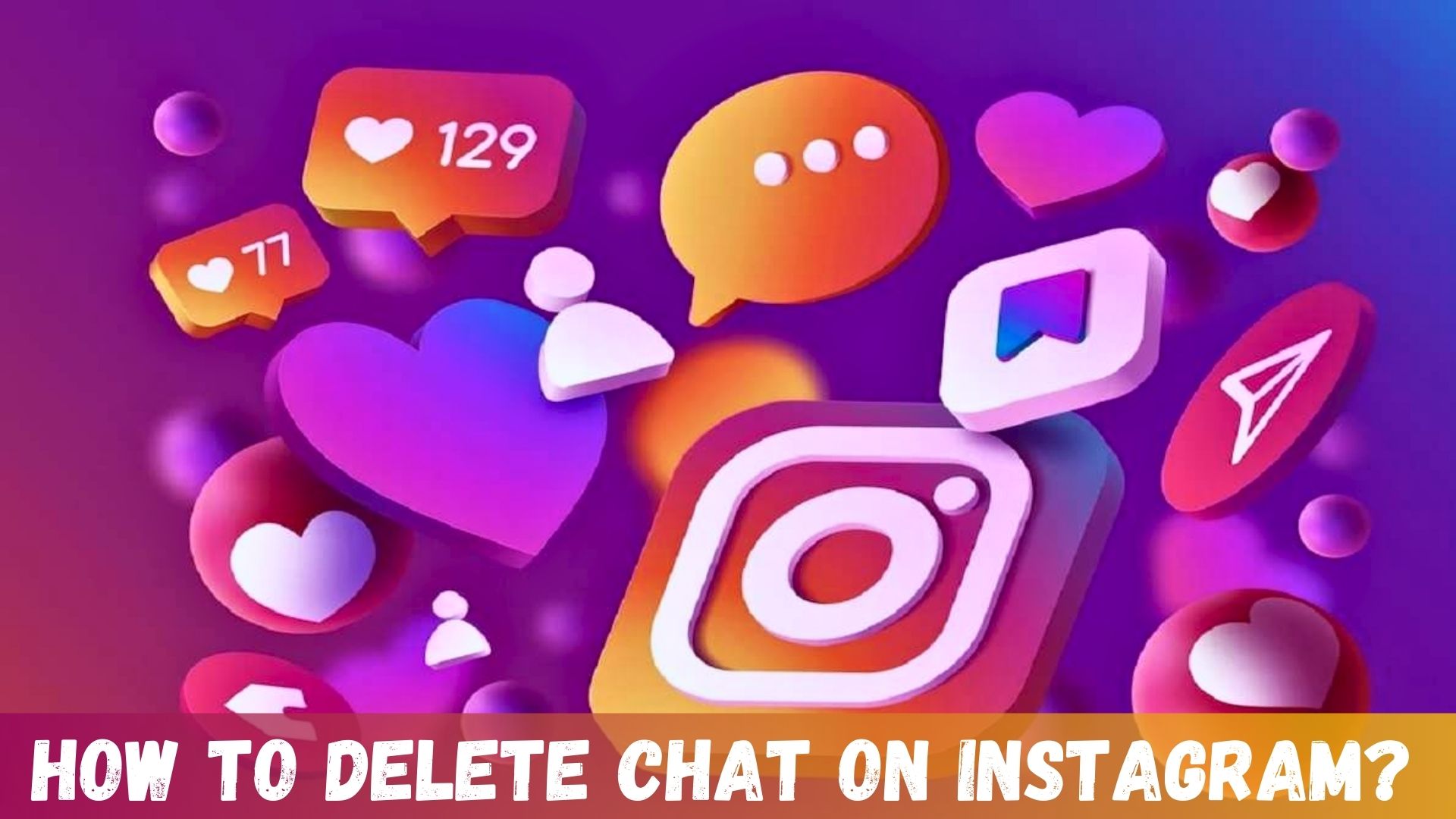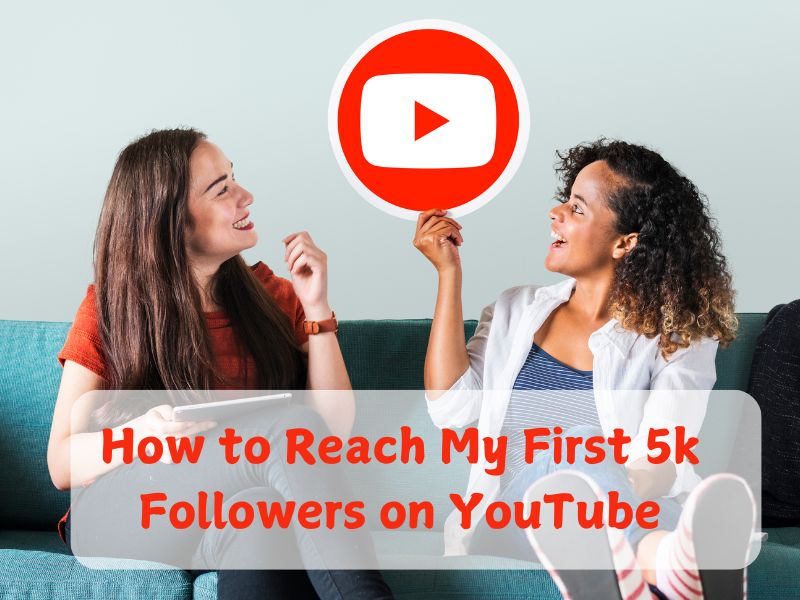The Emerging Trends In Digital Marketing: How to Stay Ahead of the Curve?
Do you want to know the emerging trends in digital marketing? If you nodded yes, you have come to the right article.
I’ve selected several emerging digital marketing trends for 2023 to assist you in boosting your business and getting ahead of the competition.
Keeping up with the trends can be challenging because the world of digital marketing is changing quickly. However, a marketer must know new digital marketing trends in this fast-paced corporate climate.
Keep reading this article until the end to know more about these trends.
10 Emerging Trends In Digital Marketing
Here, I will tell you about 10 most important and emerging trends in digital marketing nowadays, which can be really helpful in uplifting your business.
-
Artificial Intelligence
The process of creating intelligent computer systems that carry out tasks like those of the human brain is known as artificial intelligence (AI). Every sector uses AI to acquire a competitive edge, automate business procedures, and comprehend customer expectations and requirements. It monitors consumer trends, identifies purchase habits, and creates effective marketing plans. Additionally, customer and marketing-related tasks like content production, ad monitoring, customer interaction, etc., are carried out using AI technologies like machine learning and deep learning.
-
Influencer Marketing
Influencer marketing is a digital marketing tactic where companies collaborate with people with strong social media following to sell their goods and services. Thanks to it, businesses may increase their brand presence and broaden their social media reach.
Influencer marketing is a successful strategy for reaching the general public since India has a sizable youth population. The influencer marketing sector in India has a worth of more than INR 12 billion. By 2026, the sector is anticipated to generate INR 28 billion. In addition, it is anticipated to rise 25% annually over the following five years.
-
Augmented Reality (AR) Marketing
Integrating augmented reality technology into your marketing materials is known as Augmented Reality Marketing. In contrast, it may be viewed as a potent marketing tactic that enables firms to add a crucial human touch to client interactions. This technology may be used in conjunction with other marketing strategies to increase brand recognition and provide viewers with an immersive, one-of-a-kind method to learn about your goods and services. Through experience marketing that engages all of the senses and fosters stronger emotional connections than traditional advertising techniques, augmented reality provides firms with a competitive advantage.
-
Social Media Marketing
Social media marketing refers to using websites and social media platforms to advertise a good or service. Social media marketing is gaining popularity among practitioners and scholars even though e-marketing and digital marketing are still the most used terminologies in academia. Most social media networks provide data analytics tools that let businesses monitor marketing initiatives’ development, effectiveness, and engagement. Through social media marketing, businesses communicate with stakeholders, such as current and future customers, current and potential workers, journalists, bloggers, and the general public.
-
Chatbot
A software program or web interface known as a “chatbot” seeks to simulate human conversation through text or voice interactions. Modern chatbots are frequently online and employ artificial intelligence (AI) systems that can converse with a user in natural language and mimic how a human would act as a conversational partner. These systems frequently use NLP and deep learning techniques, while simpler chatbots have existed for years. The success of OpenID’s ChatGPT, which was published in 2022, has recently drawn attention to this sector. It was followed by rivals like Microsoft’s Bing Chat and Google’s Bard. These examples show a contemporary pattern in which huge language models with wide, all-purpose functionality are used to create products that are subsequently customized to focus on certain tasks or applications. Additionally, chatbots can be created or modified to target more precise circumstances or specialized subject-matter areas.
-
Omni Channel Marketing
Today’s consumer values convenience and customization over pricing. They priorities the customer experience over the product, making omnichannel marketing essential for businesses. Thanks to omnichannel marketing, companies can create a cohesive customer experience (CX) through all channels. It is a marketing strategy that guarantees that customers interact with and enjoy themselves on each channel. It maps customer profiles to deliver an amazing customer experience across the buyer’s journey. It considers the consumer’s trip with a brand across numerous platforms and devices.
-
Branded Content
The marketing world is quickly embracing this type of content. Content that does not contain conventional advertising is referred to as branded content. It can include customer content such as articles, videos, and podcasts. Branded content informs, educates, and inspires instead of advertising, emphasizing selling. Its primary goal is to increase interaction with content. To elicit an emotional response, branded content focuses on weaving the brand’s purpose and message into the story. It is more concerned with generating talk about the brand than it is with converting purchases.
-
Metaverse
Because of the growing need for immersion, the development of the metaverse is frequently associated with improvements in virtual reality technology. Recently, interest in creating the metaverse has increased due to Web3, a notion for a decentralized internet. Companies have inflated the development progress of several similar technologies and initiatives for public relations goals by using the phrase “metaverse” as a buzzword. Concerns about information privacy, user addiction, and user safety exist in the metaverse due to issues with the video game and social media industry as a whole.
-
Voice Search Optimization
Keyword and phrase optimization for voice assistant searches is known as voice SEO. Some SEO experts contend that voice SEO is essential for websites to display correctly in voice assistant search results. Voice searches accounted for 20% of Google, 25% of Bing, and 10% of Baidu searches in 2018. As voice search usage grows, which is anticipated as more people use mobile devices for online searches and other computing activities, the potential significance of speech SEO will expand.
-
Personalization At Scale
By analyzing vast volumes of data on individual customers, personalization at scale refers to creating highly relevant customer experiences that cater to their unique requirements, behaviors, and preferences. Cross-channel, on-site, and in-app customization in e-commerce are all included. It comprises personalized messaging, content, site layouts, and items. It covers anonymous, new, and returning consumers. Real-time, first-party data power it. Consequently, quantifiable customer journeys emerge that engage customers and guide them from brand recognition to product discovery to repeat purchases.
Conclusion
This was all about emerging trends in digital marketing. My personal research says that Influencer Marketing, Social Media Marketing and AR Marketing is the best approach to expanding your business on a massive scale. These Trends are followed by almost all the MNCs and startups nowadays. I hope you found this information to be helpful. I have tried to mention everything, but if you feel that you want to discuss this topic more, we can continue that discussion in our comment section.


